Larry the Lobster, a Kingston local
Standing proudly along the Limestone Coast, Larry the Lobster has become one of South Australia’s most recognisable landmarks. Since 1979, this massive crustacean has welcomed people to Kingston SE, serving as both a beloved local mascot and an impressive tourist attraction.
Larry’s impressive statistics
The Big Lobster stands at a remarkable 17 metres tall, making it one of the largest roadside attractions in Australia. Constructed from steel and fibreglass, this Kingston SE icon weighs approximately 4 tonnes. Its vibrant red exterior makes it impossible to miss while travelling along the Princes Highway.
The story behind the creation
The birth of Larry the Lobster began when the Backler family travelled to the United States in the mid-1970s, where they were inspired by oversized roadside attractions. Returning to South Australia, they envisioned more than just a tourist stop – they planned a comprehensive centre showcasing the region’s premium Southern Rock Lobster, local wines, and cheese.
Designer Paul Kelly, with his marine engineering background, spent six months perfecting the design. The construction in 1979 involved 15 skilled craftspeople working over 6,000 hours. The team developed innovative solutions to combat coastal weather challenges, including a custom-built rotating platform for construction access. Local fishermen contributed their expertise to ensure Larry accurately represented the Southern Rock Lobster species.
The project cost $125,000 (approximately $650,000 today), with significant community support through donated materials and labour. Larry’s December 1979 unveiling attracted 1,500 people, including the state premier, and featured local seafood tastings, wine sampling, and traditional Aboriginal performances acknowledging the Meintangk/Moandik people’s connection to the land.
Local significance and tourism impact
Larry the Lobster has transformed Kingston SE into a must-visit destination along the Limestone Coast. The landmark draws thousands of motorists each year, contributing significantly to the local economy. Its presence has helped establish Kingston SE as a notable tourist attraction within South Australia’s diverse tourism landscape.
Larry the Lobster stands as more than just another Australian big thing – it represents the spirit of Kingston SE and the rich coastal heritage of South Australia. This remarkable landmark continues to capture attention and create lasting memories for those travelling through the Limestone Coast region.

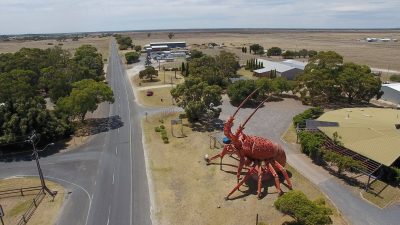
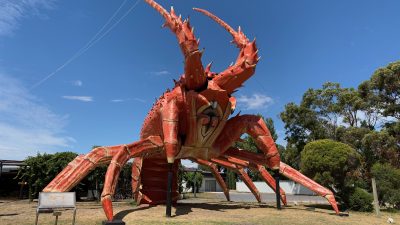
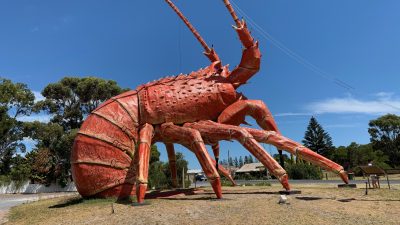
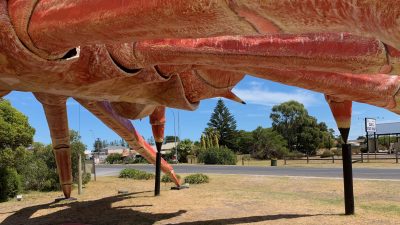
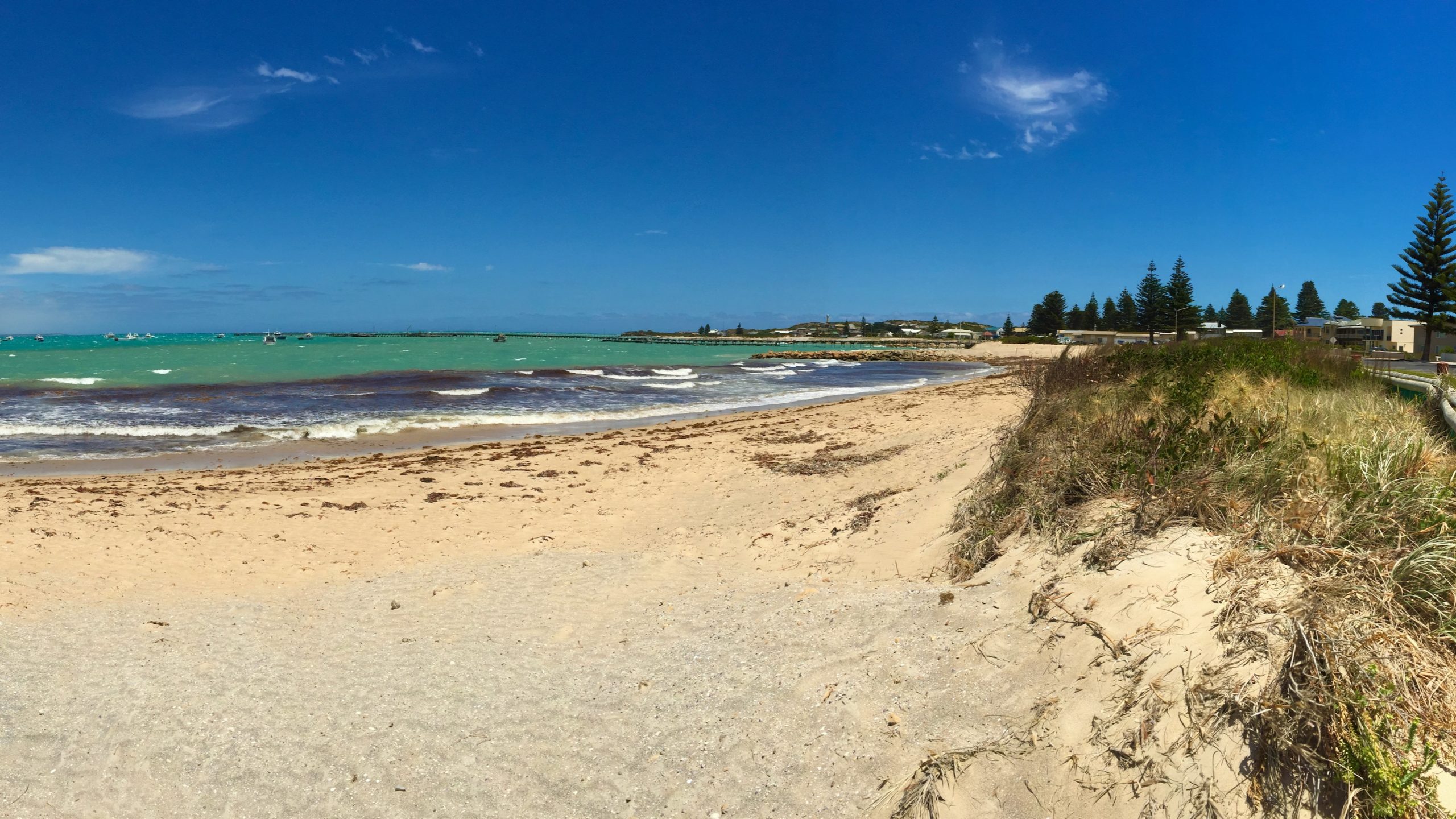
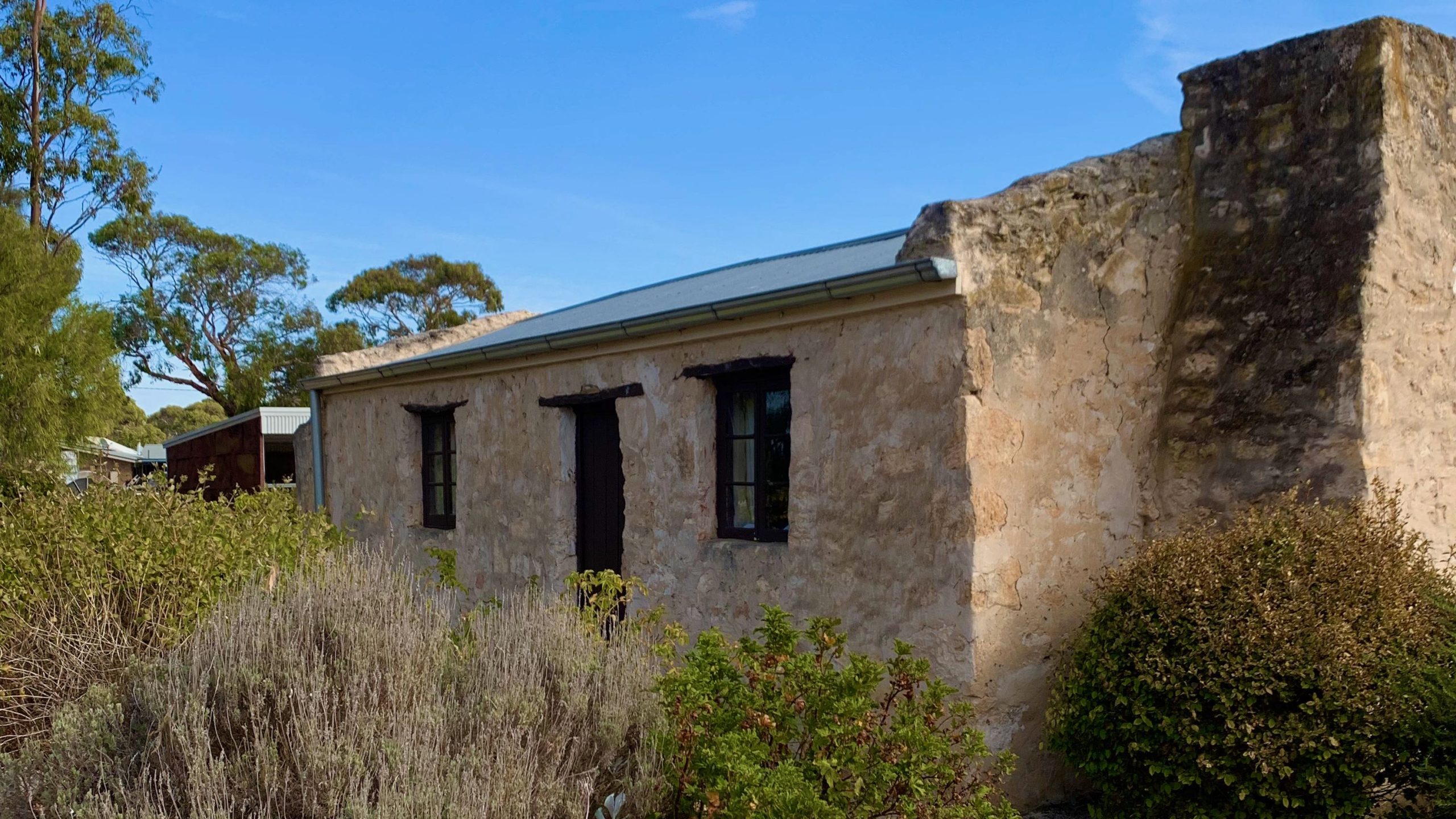
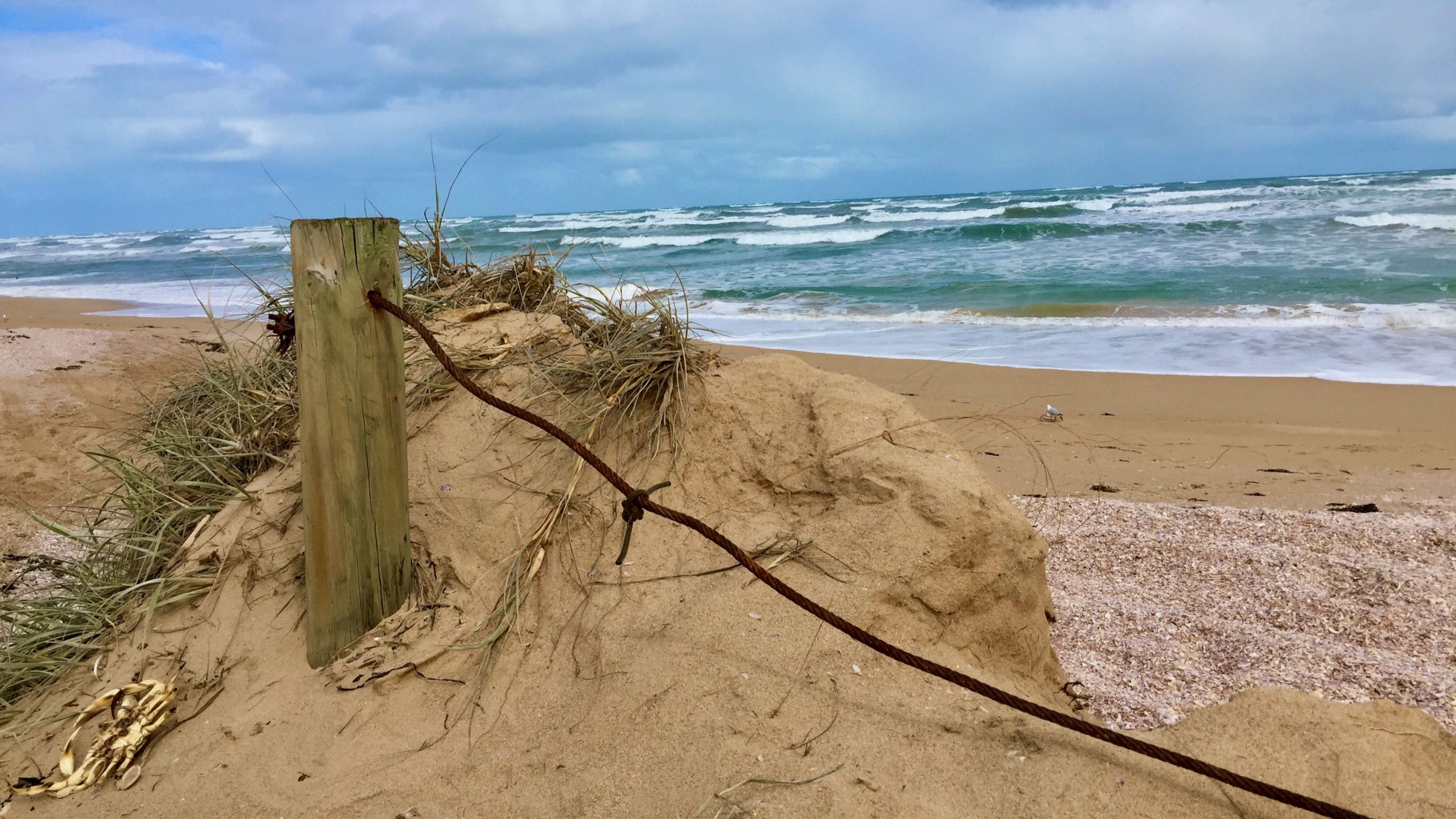

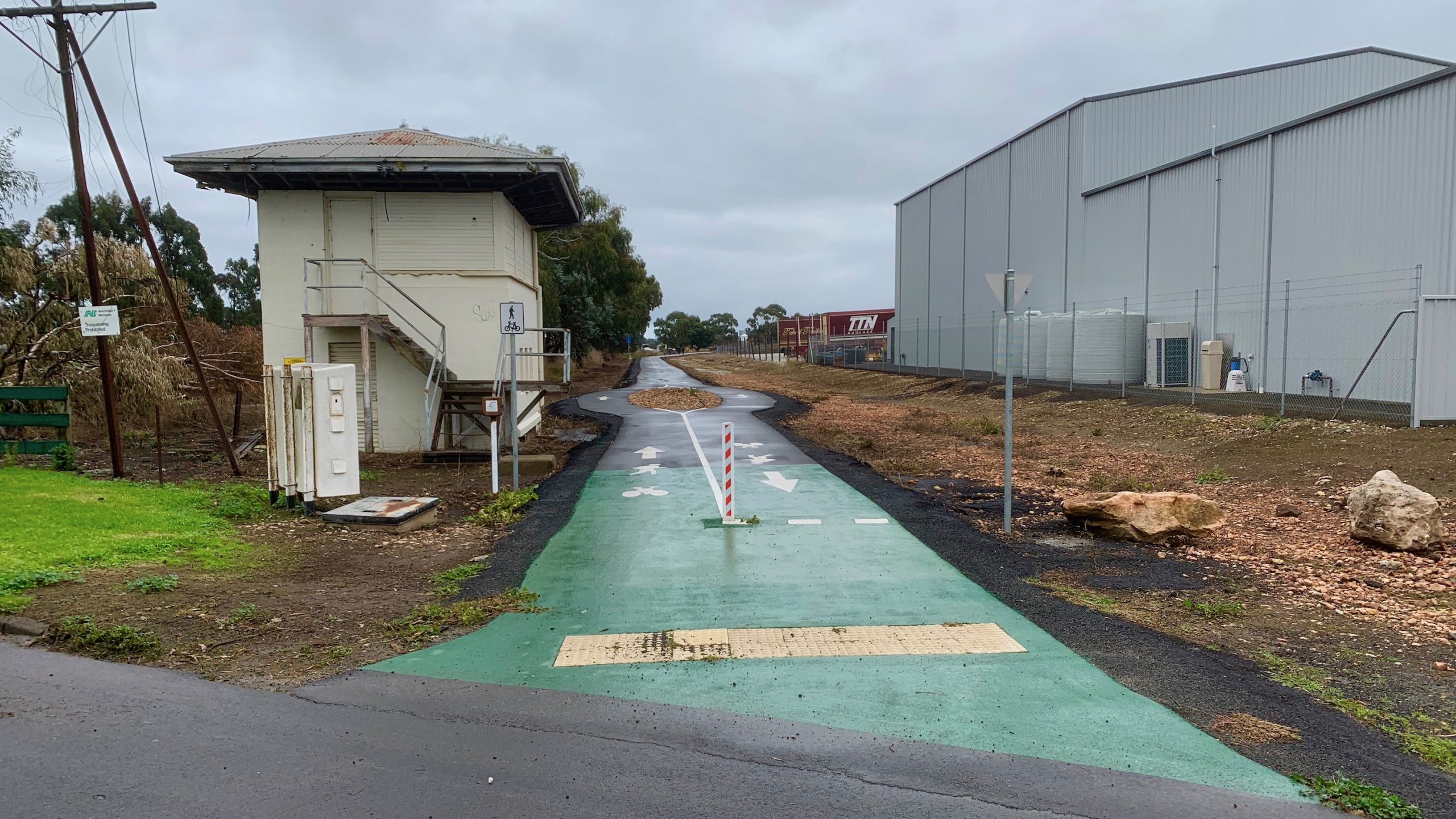
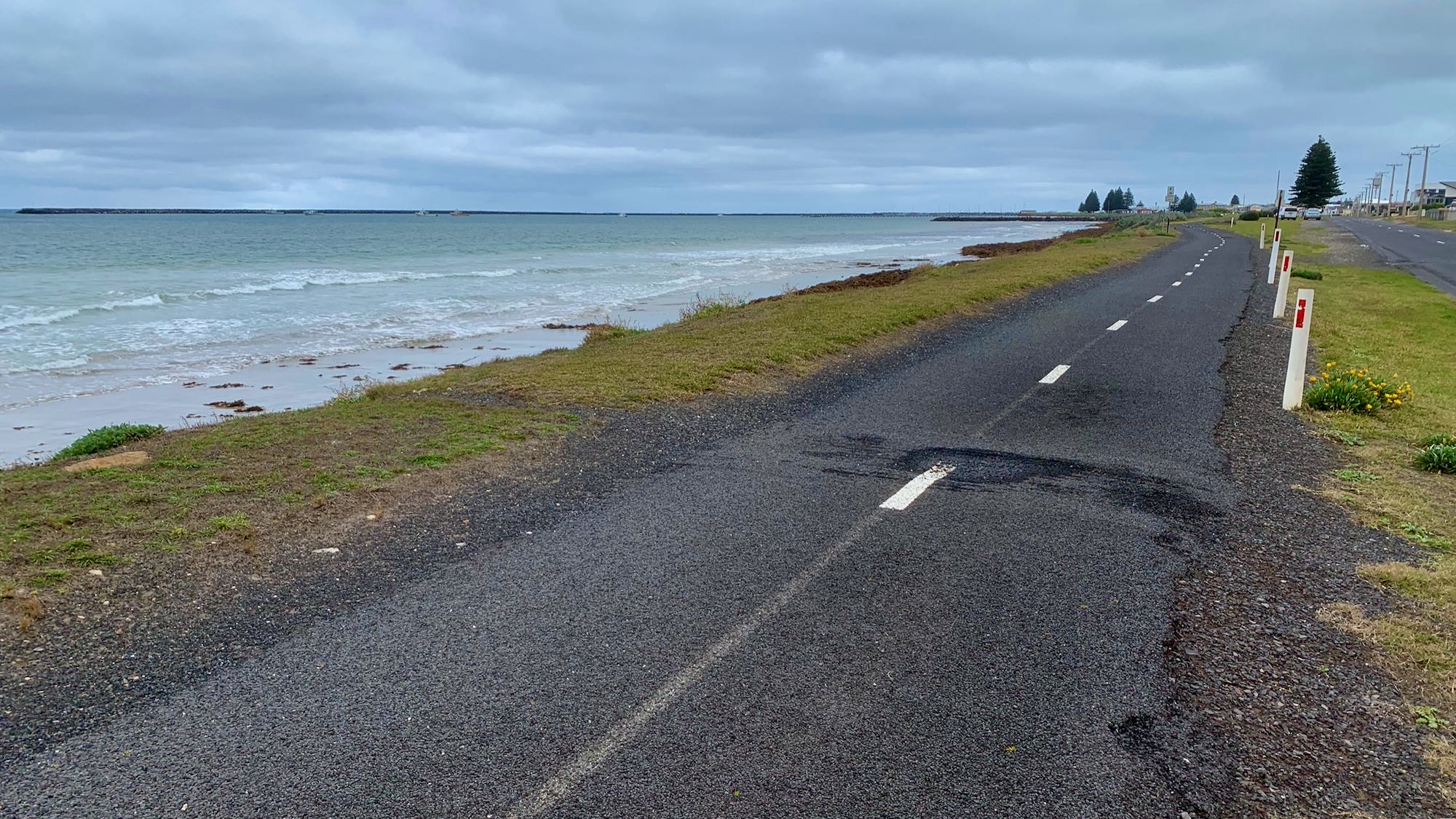
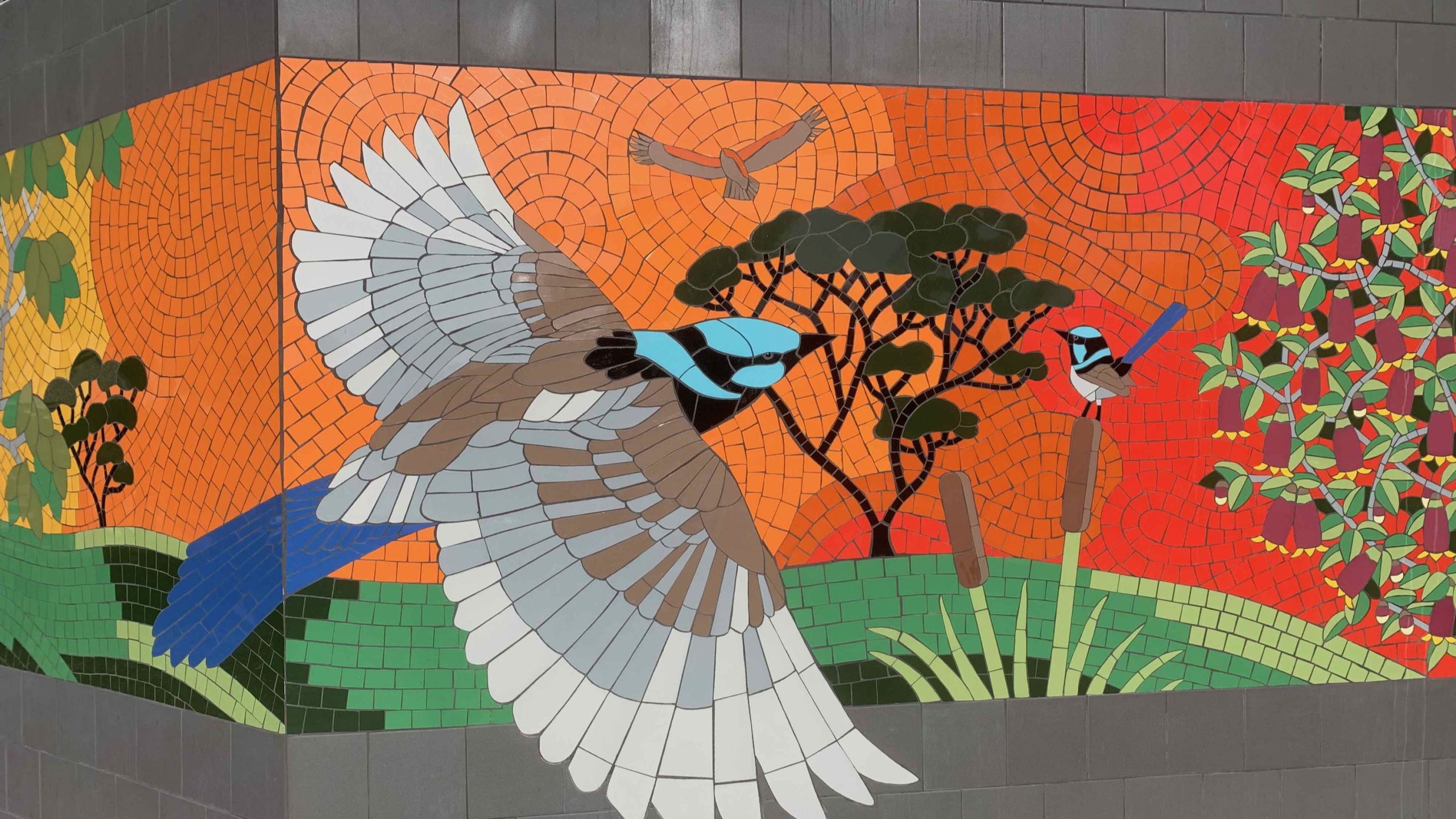
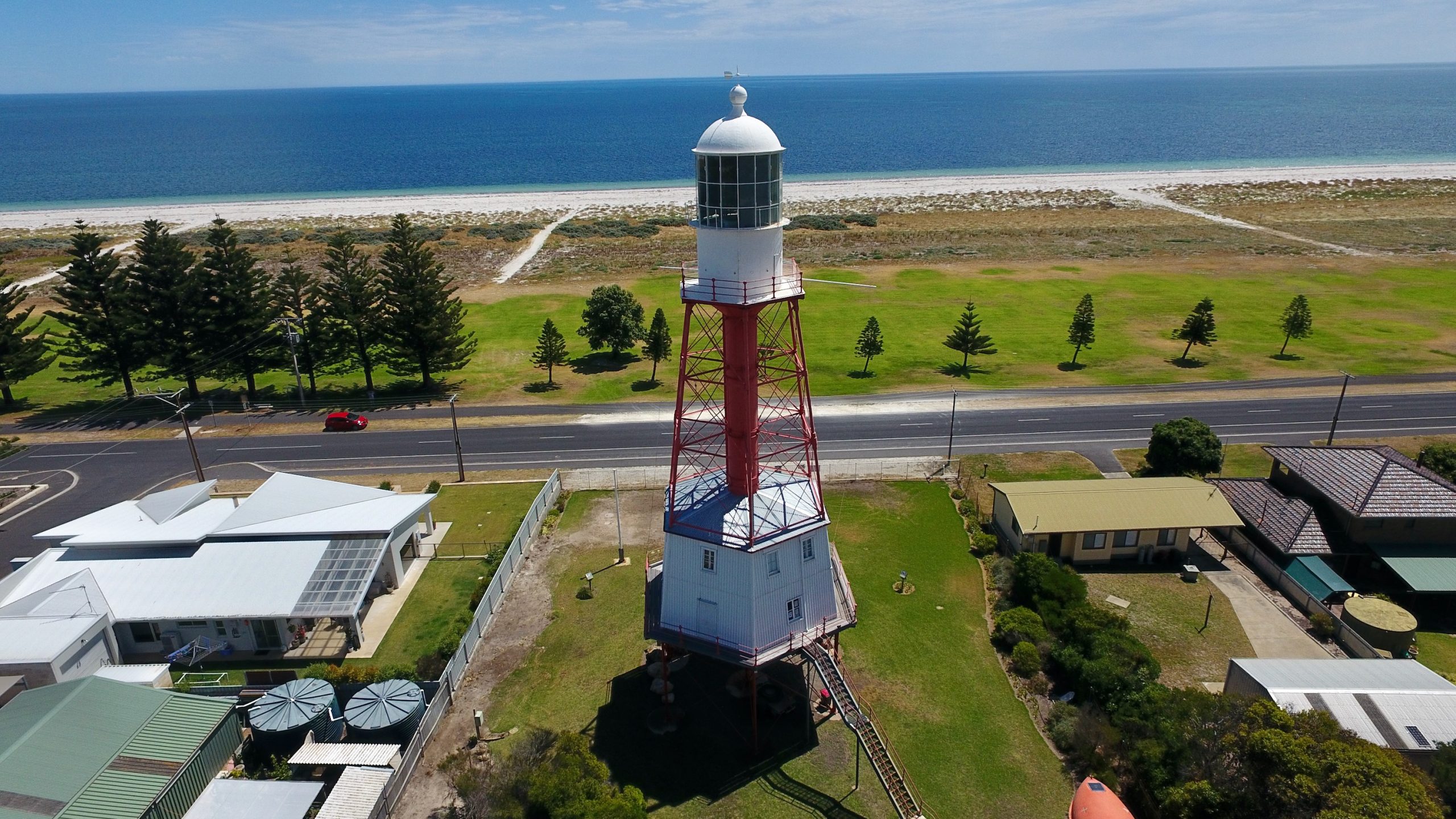
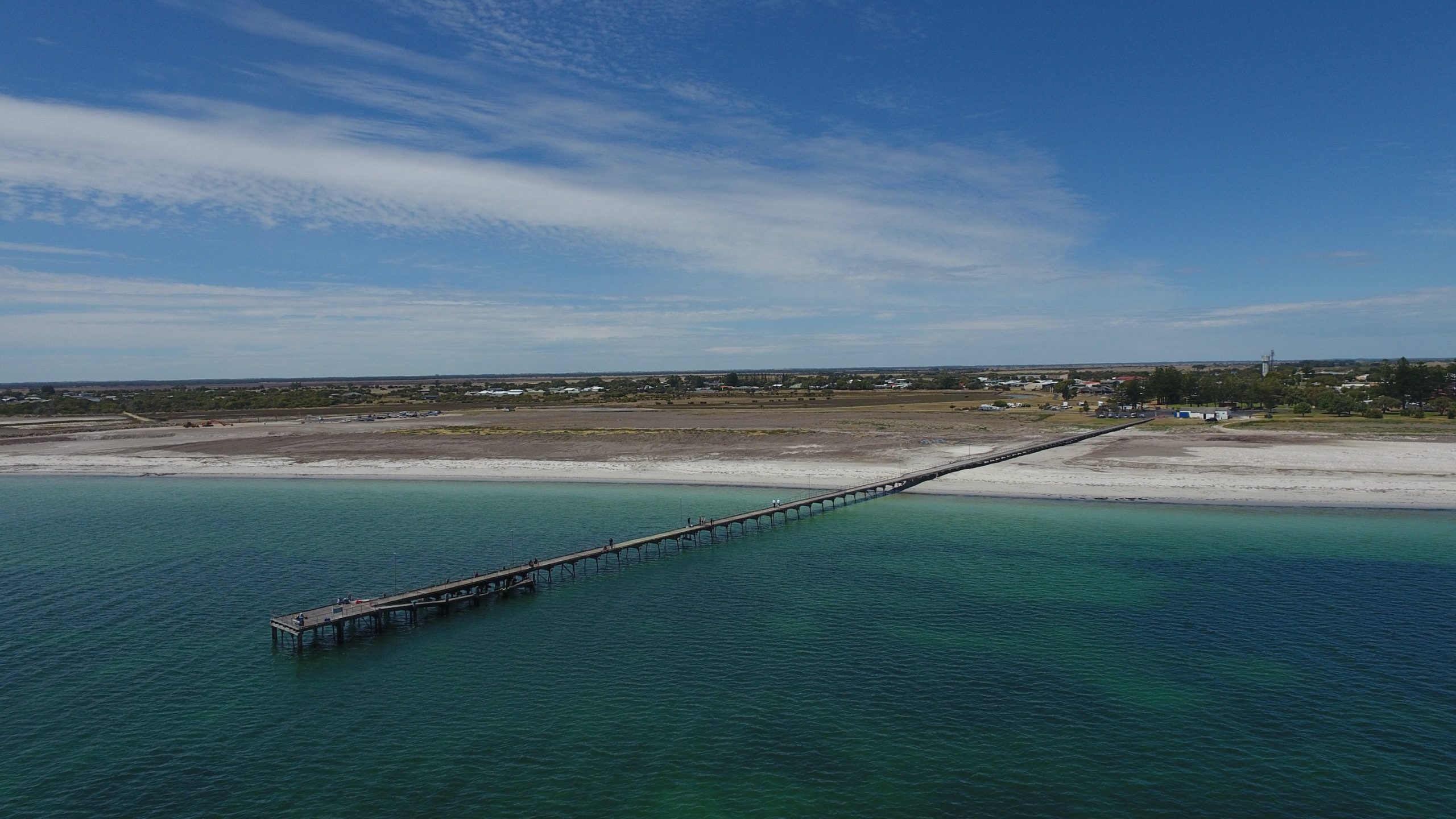
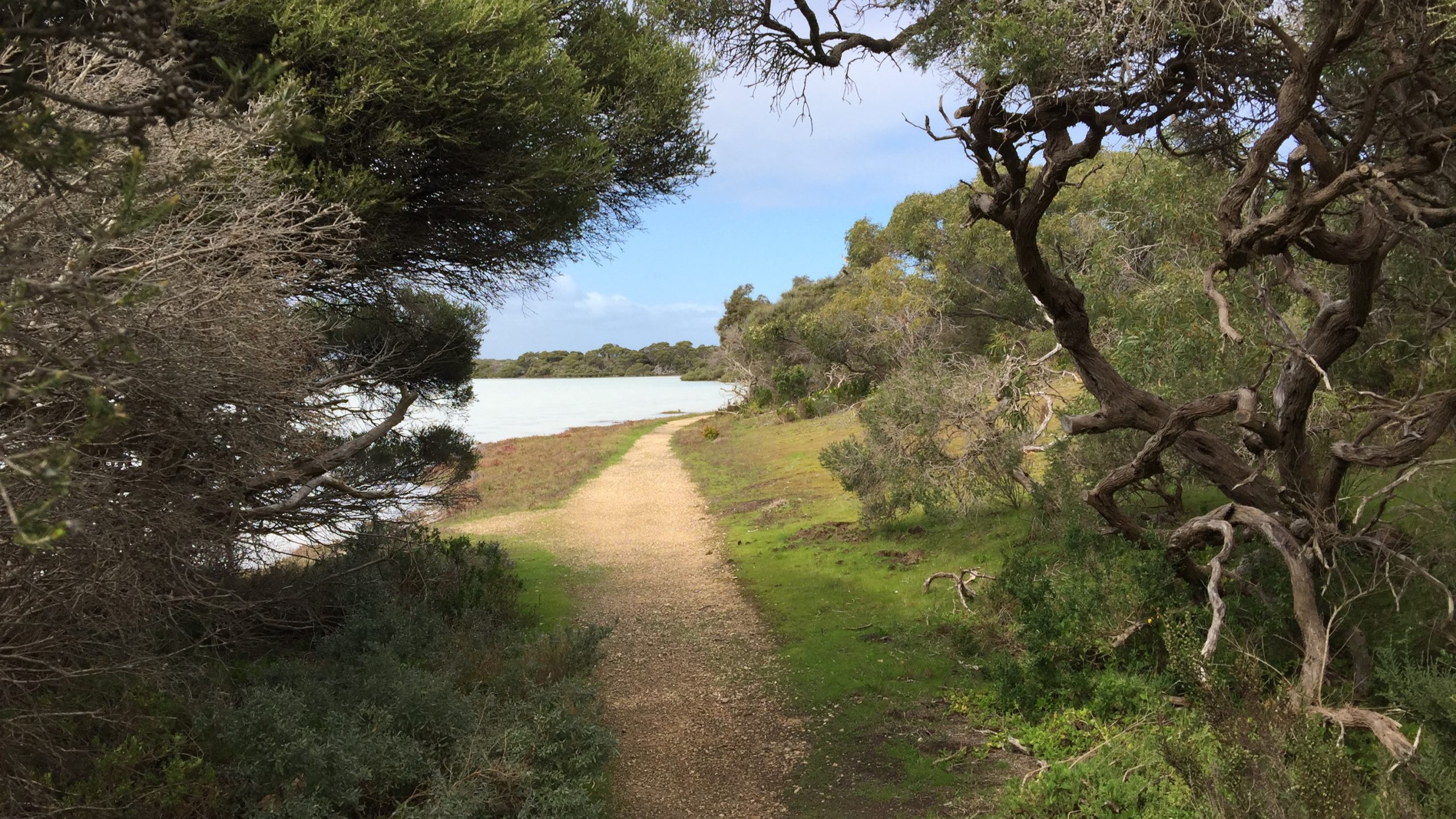

Leave A Comment